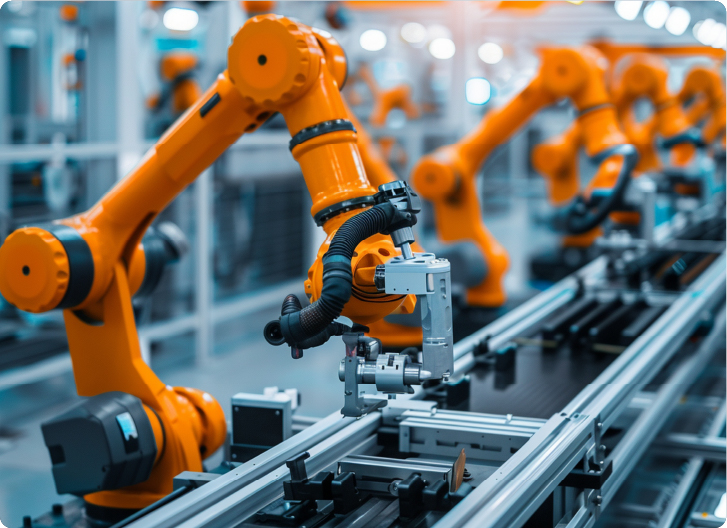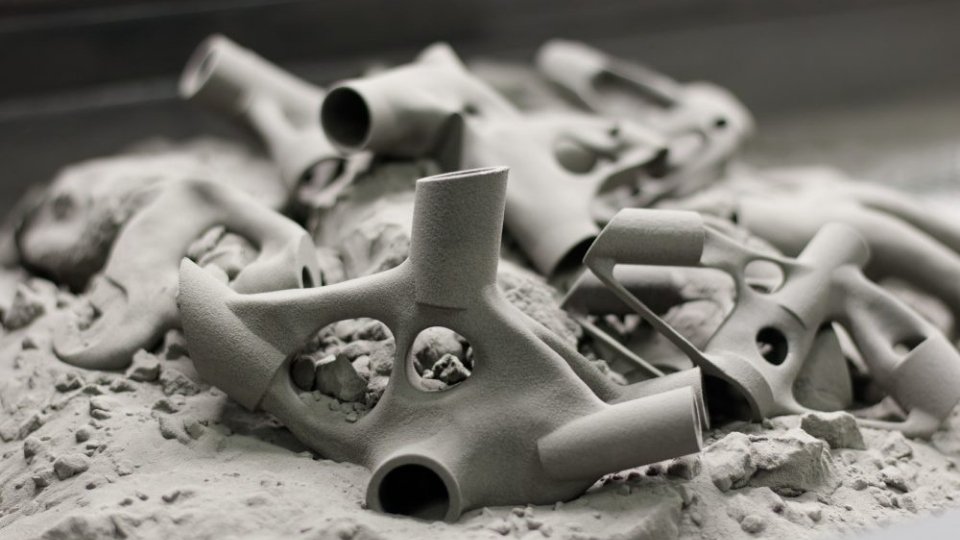
You navigate additive manufacturing's evolution with each production run. Material behavior, surface finish, and part integrity shape your results. These factors impact your lead times and your client's bottom line.
You may already rely on SLS for precision and reliability. But Multi Jet Fusion is changing the way teams approach throughput. Both methods fuse powdered material, yet they operate on distinct principles.
This is not just a material or hardware decision. You need a process that meets demand, scales production, and holds tolerances. Your manufacturing future could depend on choosing the right one.
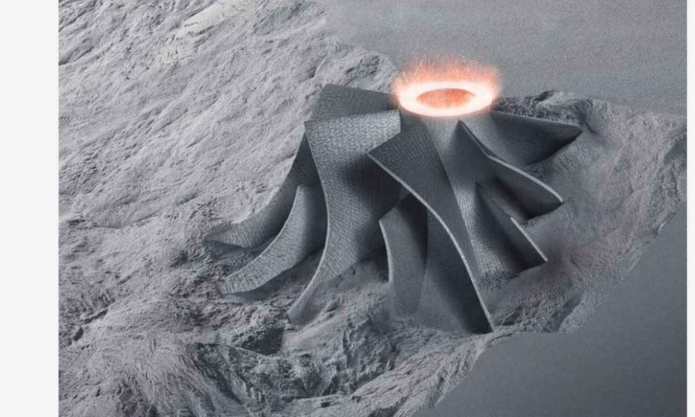
SLS 3D Printing
Selective Laser Sintering, or SLS, is a powder-based 3D printing process. It uses a high-powered laser to fuse nylon or polymer powders. The laser scans each layer and bonds particles without needing support structures.
You benefit from excellent material strength and design freedom. Complex geometries, internal channels, and working hinges print easily. SLS works well for both prototypes and functional end-use parts.
Many industries rely on SLS for its mechanical performance. Automotive, aerospace, and healthcare sectors use it for durable, heat-resistant components. It supports medium-scale production with consistent part quality.
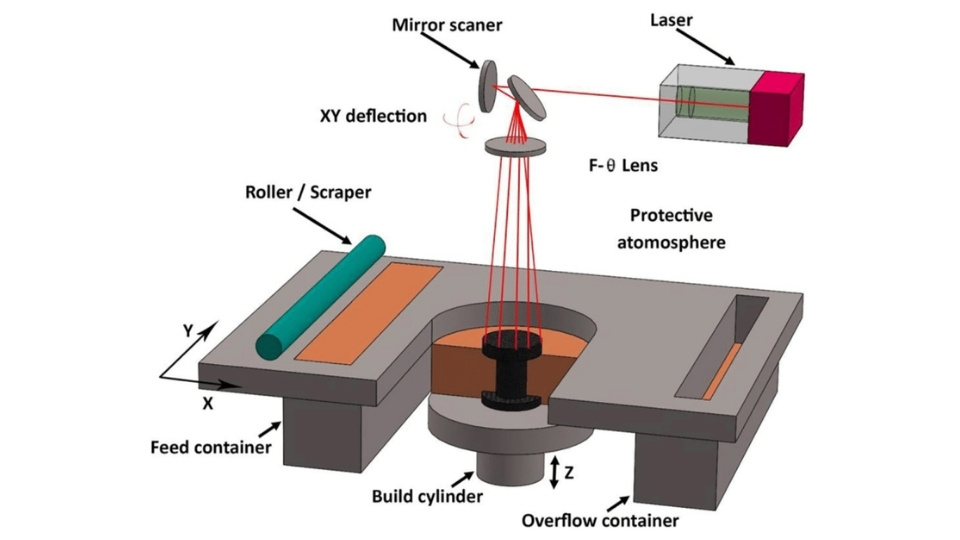
SLS 3D Printing Process
The printer spreads powder and fuses it with a laser. It repeats this layer by layer until the part is finished. Here are the common steps involved in SLS 3D printing;
First, you have to upload your 3D design to slicing software. The software divides the model into very thin horizontal layers. You also position and orient the part within the build space.
Then, you feed the nylon or polymer powder into the printer. The machine uses a thin and consistent coating of powder on the build platform. It also heats the chamber to a little lower than the melting point of the material.
The laser starts scanning the initial layer of the design you have. It melts the powder in the area where the component is to be formed. Then the printer applies a fresh layer of powder after every layer.
Part by part, the part is built up in the powder bed. The unfused powder would strengthen the structure, thus you do not require any additional supports. This procedure requires several hours on the basis of size.
After printing, the machine takes a long time to cool. Before you remove anything, you have to wait to prevent warping. It may take a number of additional hours to cool down.
You remove the printout from the printer and shake off the loose powder. The powder that is not used can be recycled to be used in the next job. The parts can also be completed by blasting or dyeing, in case that is required.
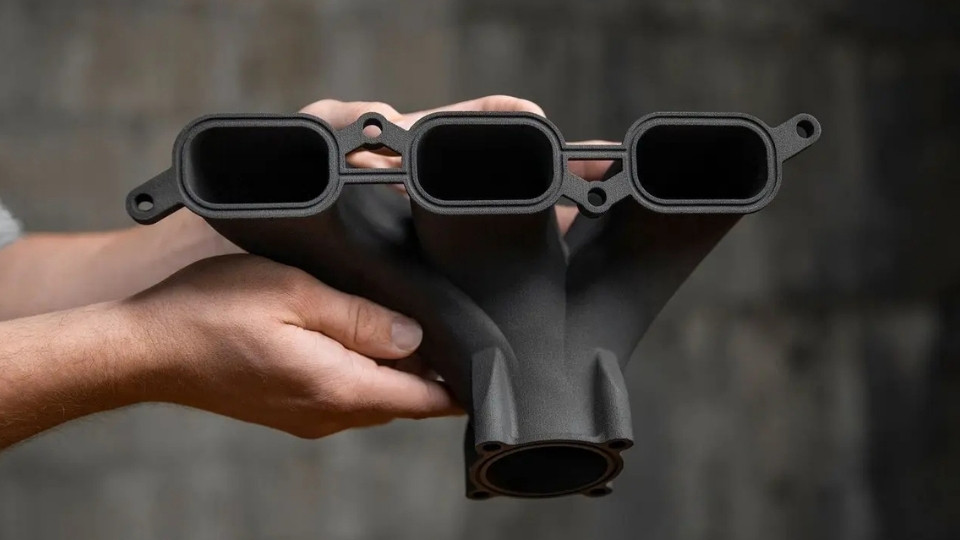
SLS 3D Printed Product
You count on SLS to make high-quality and robust parts. The technology molds powder into solid and dense products. You achieve a quick turnaround, design flexibility, and scalability of production. SLS is used in a lot of industries in prototyping and end-use parts. It assists you in saving wastage and ensuring quality at all times.
You can produce robots and long-lasting parts. Powder particles are completely merged using a laser. The process gives out useful components, which are stress-resistant. These parts are reliable in forceful conditions.
Parts of SLS resemble injection-molded parts. This implies that you do not lose out in terms of performance. They are good both in prototyping and low-volume manufacturing.
The power serves such industries as automotive and aerospace. You can not afford to fail by using quality components.
It saves you time as you do not need support. Unfused powder prevents the loss of your part. This opens up complicated forms without additional resources.
You are not wasting hours taking off the support material. This reduces processing after cost and time. You are liberated to come up with complex features.
Overhangs and internal channels are printed smoothly. This increases your design options immensely.
SLS eliminates a lot of limitations of manufacturing. It is easy to draw intricate, detailed shapes. Empty sections, moving assemblies, and sharp edges are good for printing.
You do not have to separate assemblies of parts. This saves on the time of assembly and errors. The process enables you to be more innovative, faster, and smarter.
There is freedom to maximise both strength and weight. This enhances the performance of the parts and minimizes the use of materials.
SLS provides fast delivery of the parts without compromising their quality. You do not have to wait a long time to get tooling or molds. Components are produced ready to be tested or put to use.
You are able to cycle your design at a fast rate. This reduces time to develop and product launching. Quicker prototyping offers a competitive advantage to you.
More speed is achieved by the possibility to print several parts simultaneously. You meet deadlines, yet you do not short-cut quality.
SLS is suitable for one-time parts, as well as batch runs. It is quite possible to print dozens or hundreds of them at a time. This one lets you scale without incurring additional expenses.
The batch printing reduces the cost of your parts per part. It helps you get the best out of the machine and minimize waste. This is suitable for the requirements of on-demand manufacturing.
You do not have to take up large minimum orders as usual in traditional manufacturing. This can allow you to fulfill the demand of customers in a more accurate way.
Much of the unused powder can be reused by you after printing. This lowers the use of raw materials and waste. Recycling of powder reduces the cost of production on the whole.
You evade disposal costs and fines imposed on the environment. This aids in the production of greener and sustainable manufacturers. More part quality also comes with efficient use of powder.
You manage your inventory of materials better. This brings in predictability in your manufacturing process.
You can print with confidence because you will always have quality results. The SLS machines firmly control the temperature and the power of the lasers. This is to assure that part dimensions and strength are maintained.
You lessen the threat of fault and rejections. The quality consistency reduces rejection and time wastage. This performs well in affirming your customer trust and reputation.
You are in a position to make functional parts in several builds. This is necessary for the production and testing needed in the end-use.
With SLS, you are able to print varied parts. It is suitable for both prototypes and workable parts. It deals with complicated forms that are difficult to handle using traditional methods.
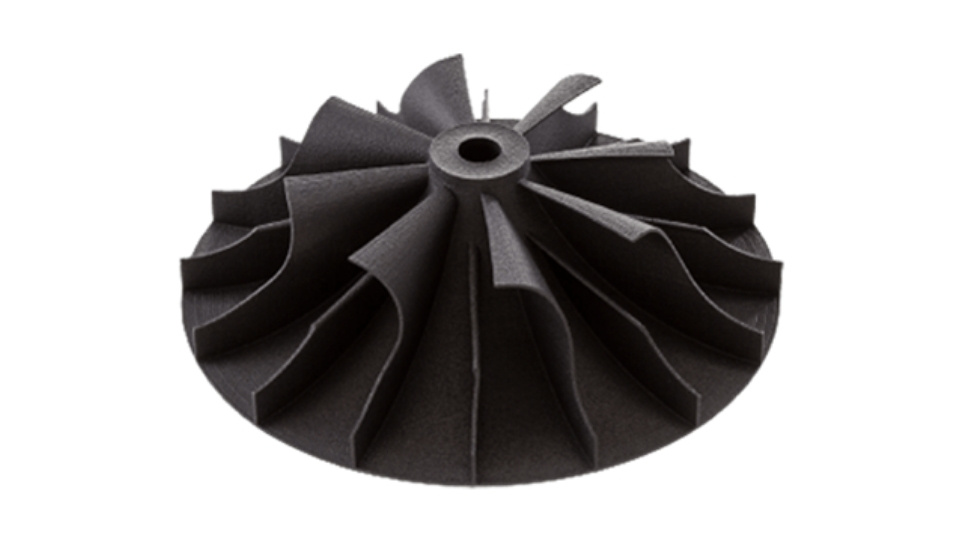
SLS 3D Printed Prototype
You develop powerful prototypes that are nearly the same as ready products. These components allow you to perform an early test of form, fit, and functionality. You cut down on expensive mistakes before going into large-scale production.
SLS Multicolour End Use Parts
SLS yields long-lasting components that can be used in the field. You obtain elements that are heat, wear, and mechanical stress resistant. This renders it in the automobile, aerospace, and industrial machinery.
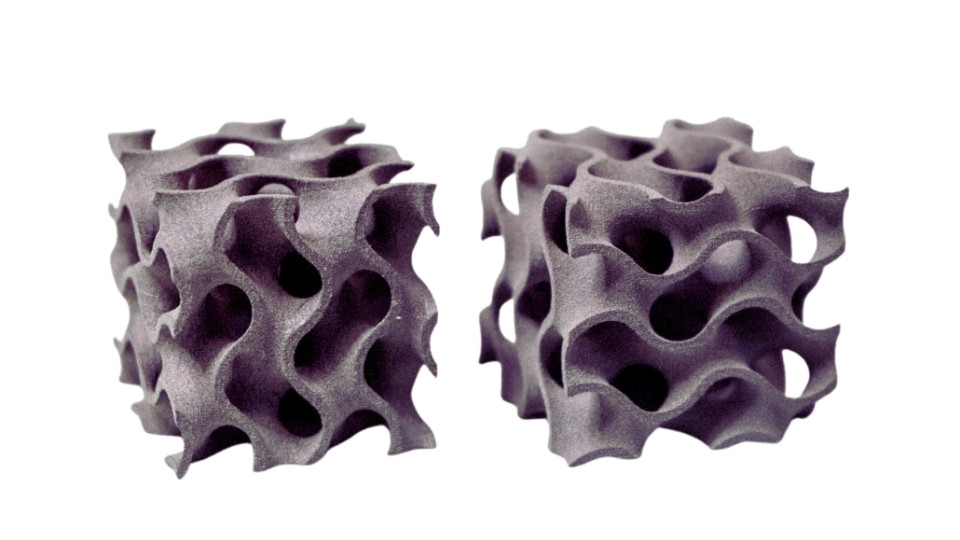
Complex Shape SLS 3D Printing
You print with components having complex internal tubes or moving components. SLS also facilitates single-piece assembly, which is time-saving and has fewer mistakes. Such freedom in the design brings possibilities.
The jigs, fixtures, and molds are easy to manufacture. The tools enhance manufacturing, making it efficient and reducing lead times. SLS components cope with the tension of service on the shop floor effectively.
You can print specific parts of the medical industry with the help of SLS. It provides you with light, strong, and biocompatible parts. This will enhance the performance of the patients and increase the speed of delivery.
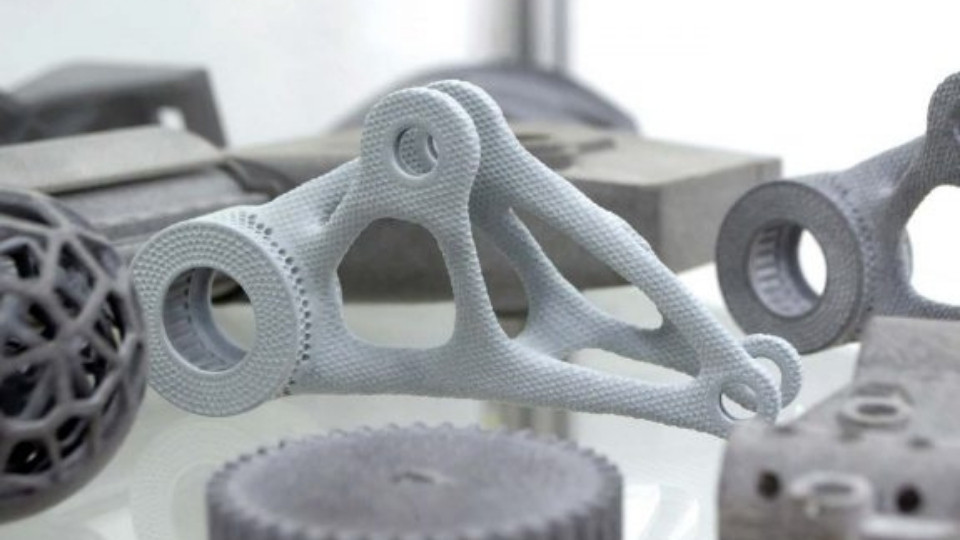
MJF 3D Printing
Multi Jet Fusion, or MJF, is an advanced 3D printing process. It uses a printing head to apply a special agent to powder layers. Then, an energy source fuses the powder exactly where the agent was applied.
You get parts with fine details and smooth surfaces. MJF works faster than many other powder-based methods. It also produces strong, functional parts ready for industrial use.
Many industries adopt MJF for rapid prototyping and production. You benefit from consistent quality, cost efficiency, and the ability to print complex geometries.
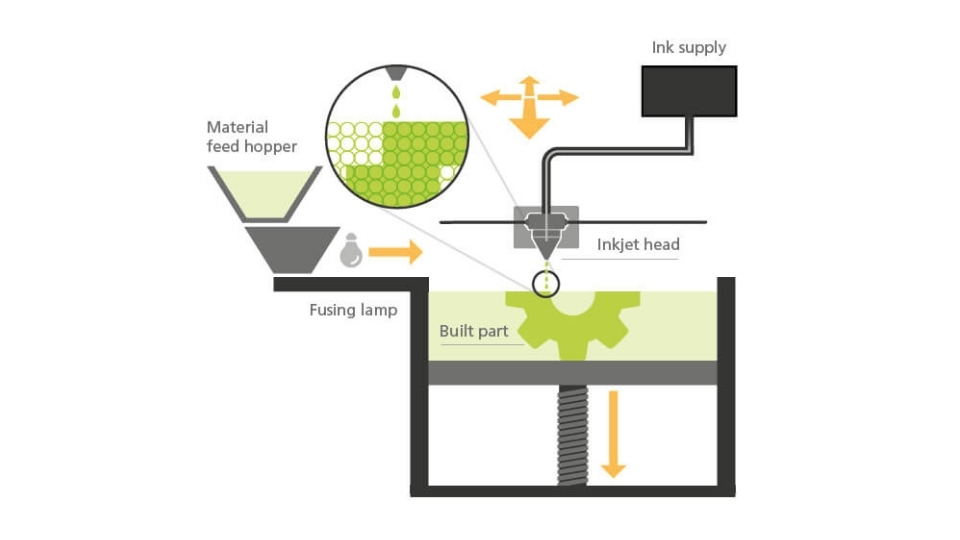
MJF 3D Printing Process
Multi Jet Fusion uses a unique process to build parts layer by layer. You start with a thin layer of powder spread evenly across the build area. Then, the printer deposits a special fusing agent where you want the material to solidify. An infrared light passes over the surface, fusing the powder only where the agent is applied. This process repeats, building your part one layer at a time with great speed and precision.
The first step is sprinkling a thin amount of nylon powder. The roller makes the layer smooth and irregular. This is a consistent background that is essential to part precision.
The fusing agent that jets onto the powder is through the print head. It indicates the regions that will become solid in this layer. Defining edges and enhancing resolution is done by the use of a detailing agent.
The powder bed is covered with an infrared lamp. It melts and fuses only the surfaces that are coated with the fusing agent. It is a selective heating that solidifies your part layer purely.
The same is repeated with each layer. The new powder layer is then spread after fusion. The section slowly increases within the powder bed.
After printing, the chamber cools off gradually. You take out your portion of loose powder and clean it well. Such post-treatments as dyeing or smoothing may be used to improve looks and performance.
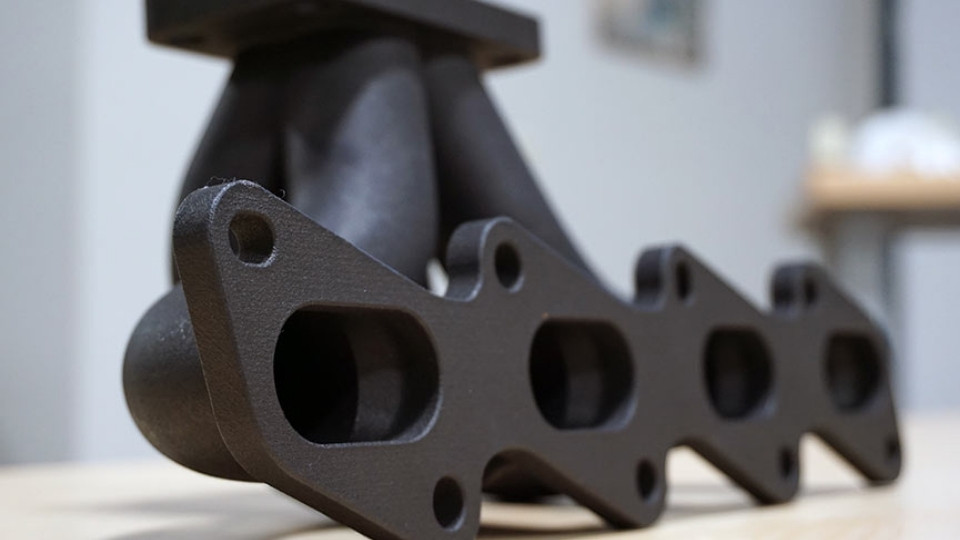
Functional MJF 3D Printed Part
Multi Jet Fusion offers speed and precision in one package. You get parts with fine details and strong mechanical properties. This process suits both prototyping and functional manufacturing.
MJF prints layers fast through an effective fusing technique. You shorten lead times as opposed to most other 3D printing technologies. Quicker printing can help you speed up your development phases.
The printer gives you smooth features and sharp surfaces. The detailing agent that is used in MJF enhances the edges and minimizes post-processing. This implies that you will do less finishing.
MJF parts have great mechanical properties with consistency. You have functional pieces that would resist strain and stress. This renders MJF applicable in tough applications.
You are able to print complex geometries, internal channels, and assemblies during a single build. MJF helps complex structures without any support structures. This broadens your design options to a great extent.
The traditional MJF prints have a recyclable and reusable powdered material in unused products. This decreases wastage and reduces the cost of material. You also save money and minimize the use of the environment.
MJF also backs the idea of printing more parts at once. This renders batch production cost-effective. You are able to increase your manufacturing without transforming your process.
MJF printers have a close grip on the printing conditions. You are ensured of the same quality even after several builds. This consistency provides expected repeat performance of parts.
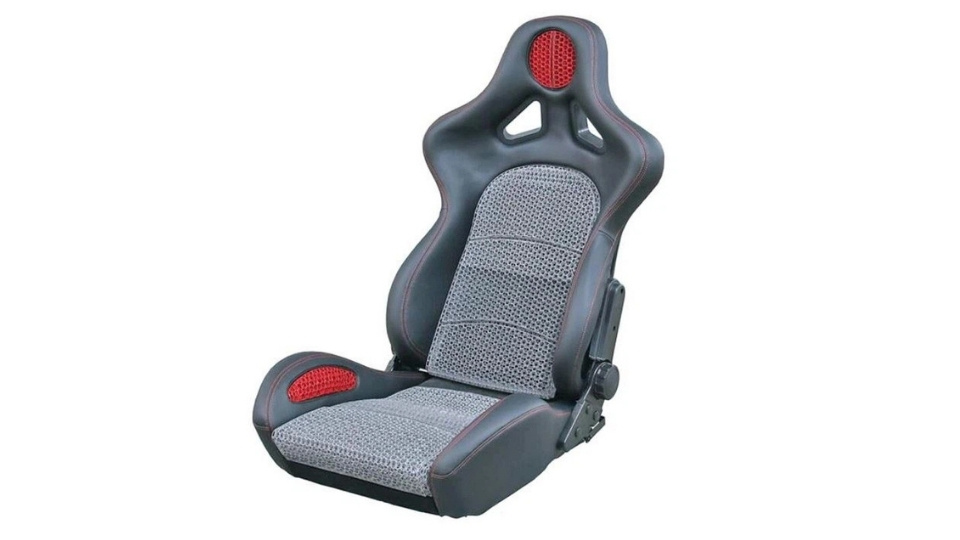
MJF 3D Printed Car Seat
Choosing between SLS and MJF depends on your project goals. You must consider speed, part quality, and budget. Both methods offer strong parts but differ in detail and efficiency.
In case you require quicker turnaround and as well as smoother surfaces, then MJF tends to be ahead. It is also able to perform batch production and fine detail work well. MJF is applicable in projects that need a high level of quality and a short timeline.
When the priority is on mechanical strength and design freedom, then SLS is the one to consider. It does well with complex geometries that have no support structure. SLS is suitable for applications that require strong and working prototypes or end products.
Another thing you ought to consider is the material choices and the post-processing requirements. Depending on the requirements of your parts, the applications of each of the technologies are specific. Check your priorities to pick the most appropriate one.
To wrap it up, both SLS and MJF have their strengths. If you want strong, tough parts that handle complex designs, SLS is a solid choice. But if you need parts fast with smooth finishes and fine details, MJF might work better.
Think about what matters most for your project—speed, strength, or detail. Knowing these differences helps you pick the right method and avoid surprises later. When you match the right tech to your needs, you save time, money, and hassle.
At the end of the day, choosing between SLS and MJF is about finding what works best for you and your goals, If you need SLS or MJF 3D printing services, Contact us—we're ready to deliver high-quality parts tailored to your needs.
